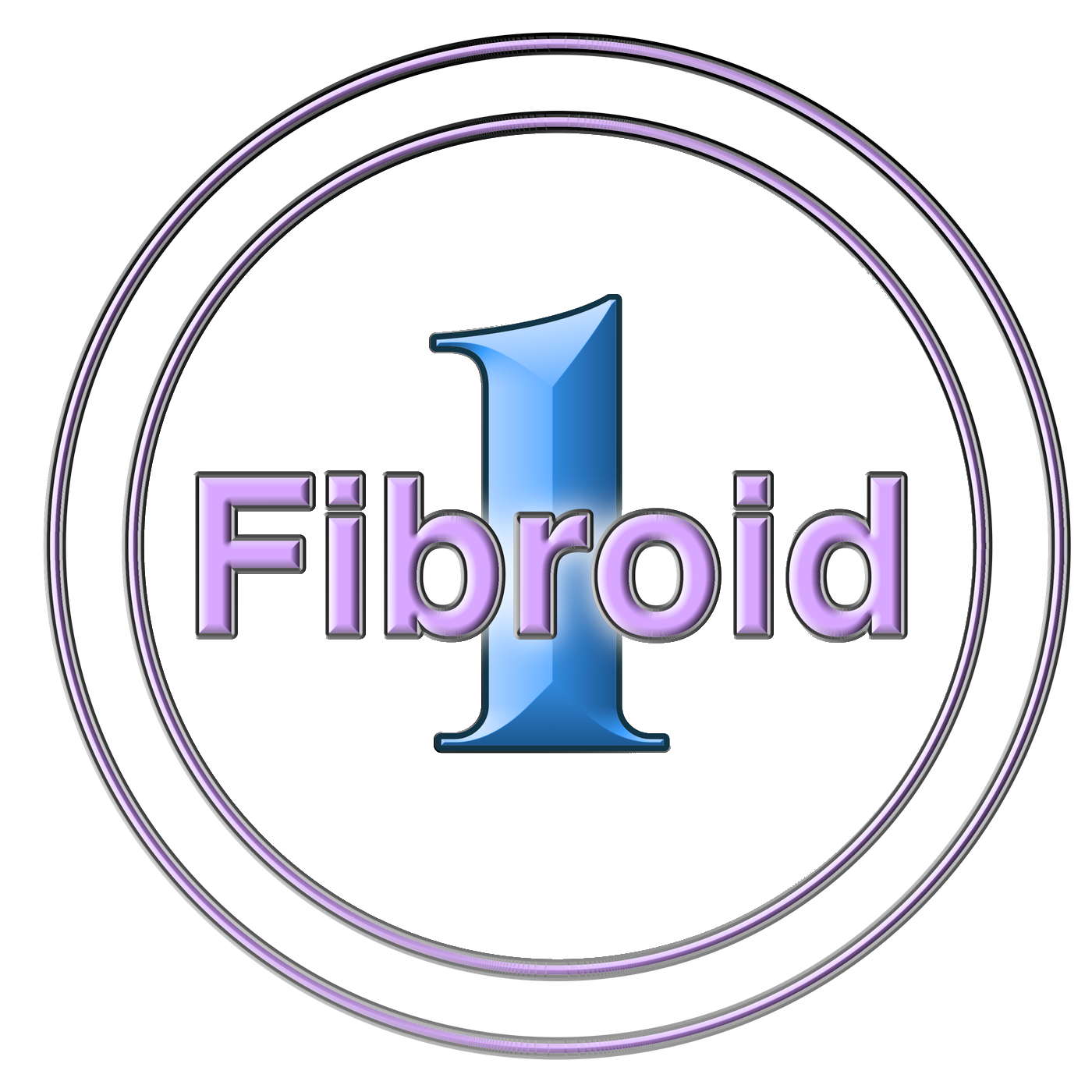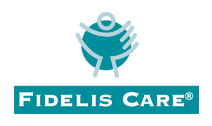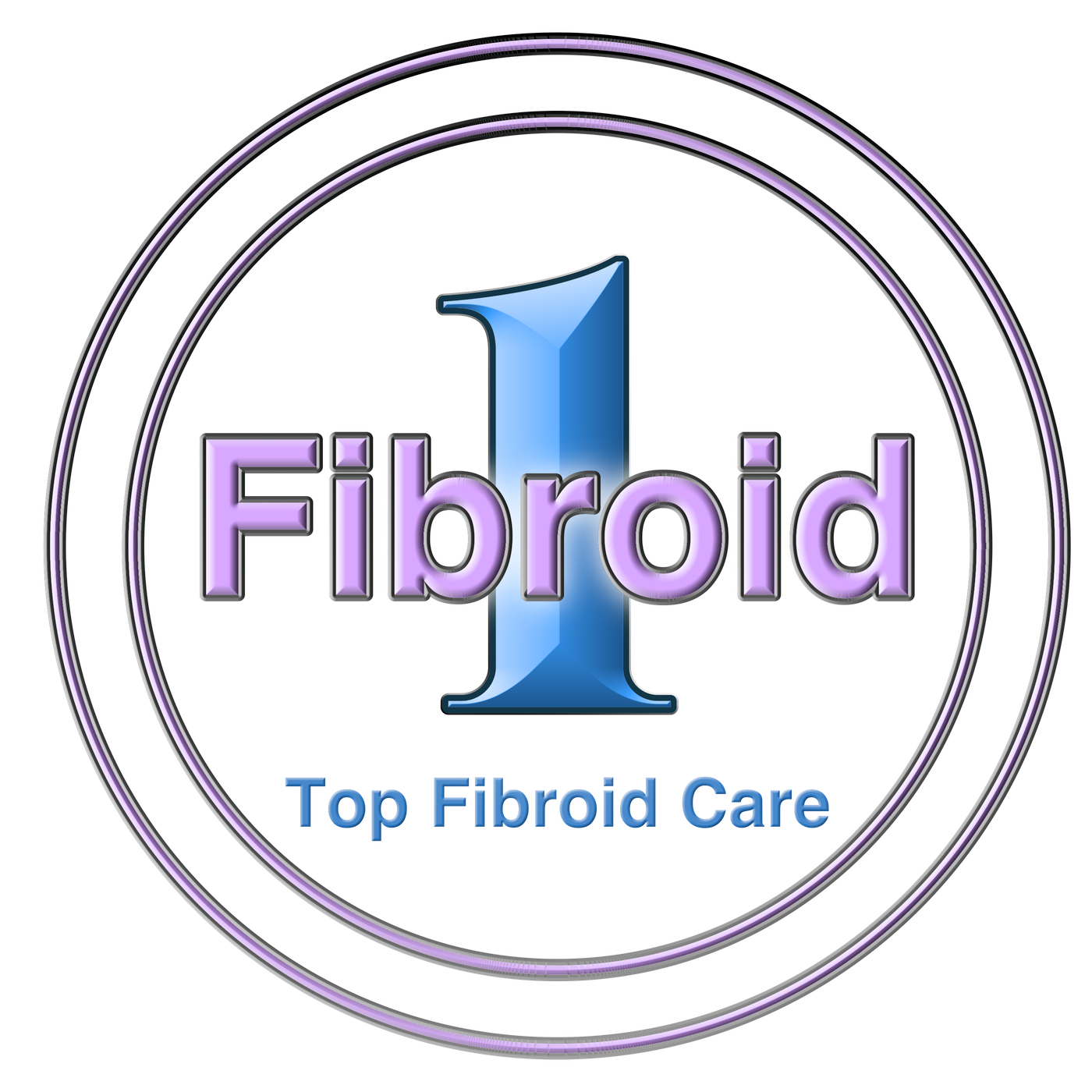Your physician may suggest UFE If your uterine fibroids are impacting your ability to enjoy your day-to-day life. This procedure, also known as uterine fibroid embolization, is an effective treatment for these uterine tumors. UFE is designed to be a minimally invasive procedure and is an effective alternative to surgical removal. When performed by a qualified interventional radiologist, it can provide numerous benefits, such as a reduction in bleeding and pain. There are additional benefits that may go unconsidered.
The Numerous Benefits of Uterine Fibroid Embolization
Many of the benefits of receiving UFE aren’t immediately apparent to many patients. One of the standard procedures for addressing uterine fibroids is the complete removal of the uterus, known as a hysterectomy. Another process, myomectomy, removes tissue from the uterus with the goal of eliminating fibroids. UFE saves the uterus and uterine tissue by specifically targeting the fibroids. Some other benefits are:
- No Scarring – Unlike surgical approaches to uterine fibroid removal, UFE leaves no scar. While in some cases, the scar might be invisible, it’s still present. The entry points for UFE are tiny and generally heal without noticeable scarring.
- Reduction In Fibroid Size – The fibroids reduce in size with UFE. Over 90% of women report that their symptoms related to size often improve within three months of the procedure. The uterus has been reported to shrink by as much as 30% in some cases.
- Fibroid Symptoms Improve – Nearly 90% of all women report that their bleeding symptoms improve following a UFE. This improvement continues to be reported in 90% of those cases, with pain symptoms being improved as well.
- Reduced Risk of Complications – There’s no such thing as a no-risk medical procedure. However, the risks associated with UFE are much lower than with surgical approaches. This is due to reduced tissue damage, and there is no need for general anesthesia. These are also generally performed as outpatient procedures, allowing the patient to go home the same day as the procedure.
- Reduced Recovery Time – Due to the minimally invasive nature of the procedure, recovery time is often less than two weeks. Hysterectomy recovery times are at least six weeks, while myomectomy recovery times can range from 2-6 weeks.
- Multiple Fibroids in One Treatment – UFE is able to address all of your fibroids simultaneously. While a hysterectomy certainly accomplishes the same thing, it’s possible for a myomectomy to miss some of the fibroids.
You can see why so many women are choosing UFE for treating their fibroids. Minimally-invasive procedures are becoming more common and are generally preferred for their ability to preserve healthy tissue and reduce collateral damage.
Speak To Your Fibroid Specialist Today
If you’ve decided it’s time to see what UFE can do for you, call your specialist. They’ll schedule a consultation and get you up to date on all the latest techniques and information. In the majority of cases receiving uterine fibroid embolization is the best way to experience a life free from fibroids. Get started with your phone call today!












